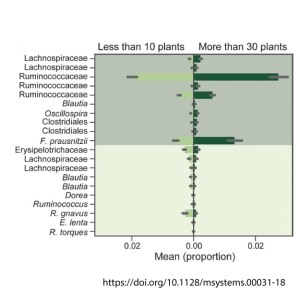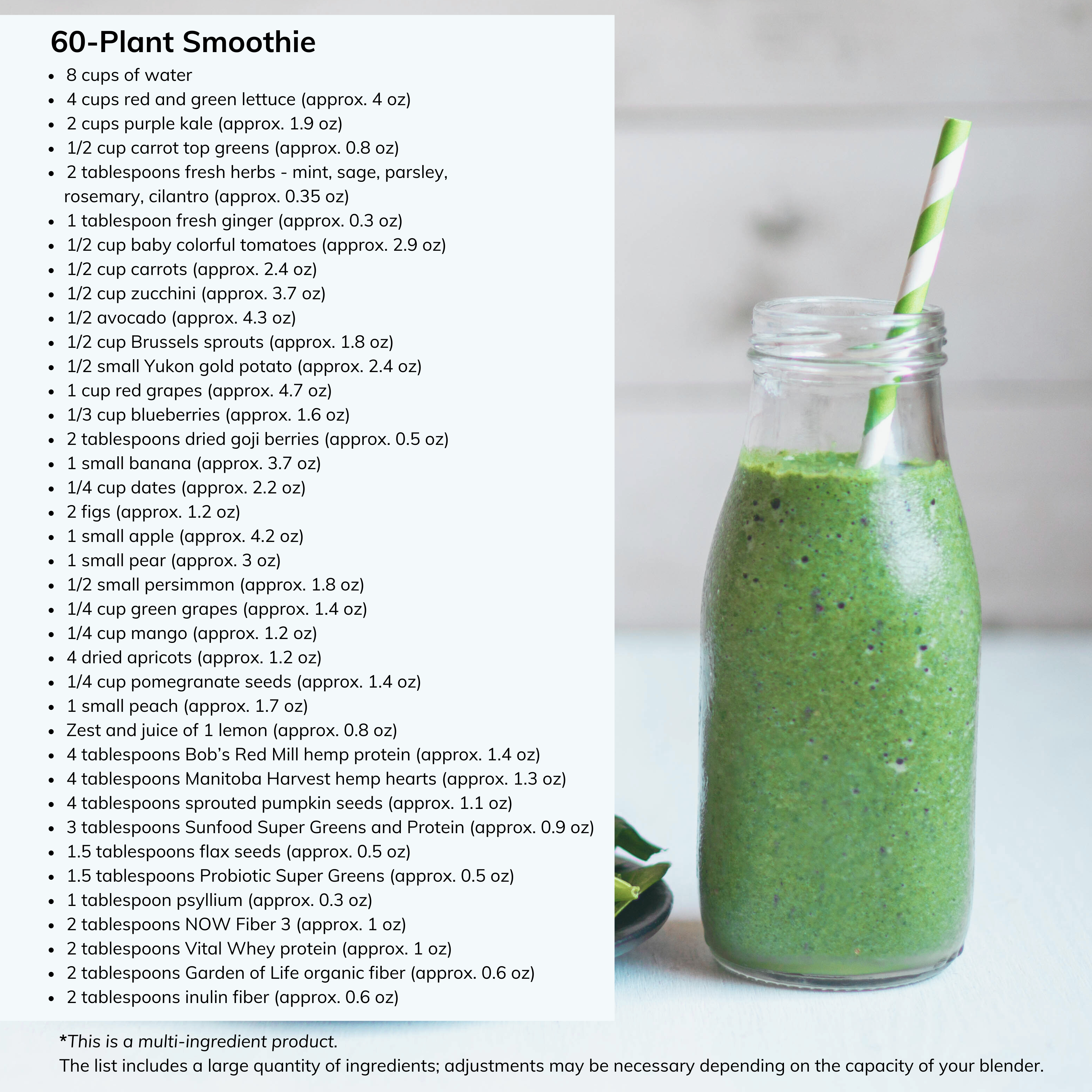How to add more plants to your diet
Our resident dietitian and researcher, Alejandra Rios Hernandez, has shared some tips on how to add more diversity to your diet.
Planning is key
Choose a day of the week to plan your weekly menu and to write your shopping list:
- Include a mix of leafy greens.
- Search for new recipes using seasonal fruits and vegetables.
- Try fermented vegetables such as pickles, kimchi, and sauerkraut.
- Add frozen fruits and vegetables to create new smoothie flavors.
- Snack on a variety of fresh fruits and vegetables like baby carrots, celery sticks with hummus, or guacamole.
- Challenge yourself to add fruits and vegetables not often on your shopping list.
Create a rainbow on your plate
Have you heard about polyphenols? Polyphenols are natural compounds in fruits, vegetables, grains, and plant-based beverages like tea and wine. They give plants their vibrant colors and have antioxidant effects that keep you healthy and protect your heart. You can find them in:
- Red: Rich in lycopene – tomatoes, red peppers, red apples, strawberries, watermelon.
- Blue and purple: Rich in anthocyanins – eggplant, beetroot, purple cabbage, blackberries, blueberries, grapes.
- Orange and yellow: Rich in beta-carotene – carrots, sweet potato, orange, pineapple.
- Green: Rich in isothiocyanates – spinach, broccoli, kiwi, avocado.
- Brown/White: Rich in sulfides, thiols – garlic, onion, leeks, scallions.
Try to include fruit and vegetables from each color category in every meal.For example, add different fruits to top your oatmeal (berries, banana, apple), extra vegetables (spinach, broccoli, carrots, onions) to your dishes, or include them as a side salad. Cook recipes where you can add as many vegetables as you want, like a delicious stir-fry!
Make simple swaps
You can start with small changes:
- For snacks: Choose a piece of fruit with yogurt, veggies with hummus, or a handful of mixed nuts and seeds instead of chips, cookies, or refined grain foods.
- For spread: Choose hummus, avocado, or peanut butter, instead of mayonnaise, commercial sauces, and jams.
- For dressing: Choose lemon juice, extra virgin olive oil, apple cider and balsamic vinegar instead of a commercial creamy dressing.
- For flavor: Choose garlic, ginger, onion, and fresh and dried herbs such as coriander, parsley, oregano, and rosemary instead of commercial sauces and high-sodium condiments.
- For texture and volume: Add a variety of vegetables to your meals, such as roasted peppers, leafy greens, tomatoes, onions, and carrots.
Meal prep for the day or week ahead
Planning and preparing your meals and snacks ahead of time will help you to include more plants in your diet. Find a routine that works with your schedule:
- Chop a variety of fruits and vegetables and keep them in the fridge for easy access.
- Double your recipes and freeze a portion. One-pot recipes like curries, soups, and casseroles are usually packed with vegetables, herbs, and spices.
- Keep fermented foods like sauerkraut, kimchi, or fermented vegetables in your fridge to add to sandwiches, salads, or as a side dish.
- Have frozen vegetables and fruits in your freezer to use in your meals and beverages.
- Make batches of homemade sauces and divide them into freezer-safe containers – such as tomato, pesto, hot pepper, and vegetable sauce for future meals.
- Keep pantry staples on hand – garlic, onions, ginger, a variety of herbs and spices, olive oil, vinegar, honey, miso, variety of nuts and seeds, oats, brown rice and pasta, canned tomatoes, beans, lentils, and chickpeas.
Gradually include more legumes in your favorite recipes
Legumes are an excellent plant-based source of protein and are high in fiber, iron, zinc, and magnesium. Start by adding a cup of legumes to some of your classic recipes. For example, add kidney beans to your spaghetti bolognese and minestrone soup, lentils to your salads, soups, and stews, chickpeas to your casseroles, or use them as a spread.




